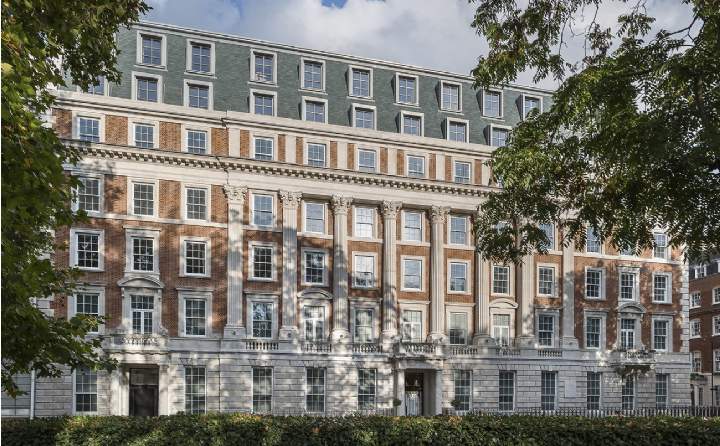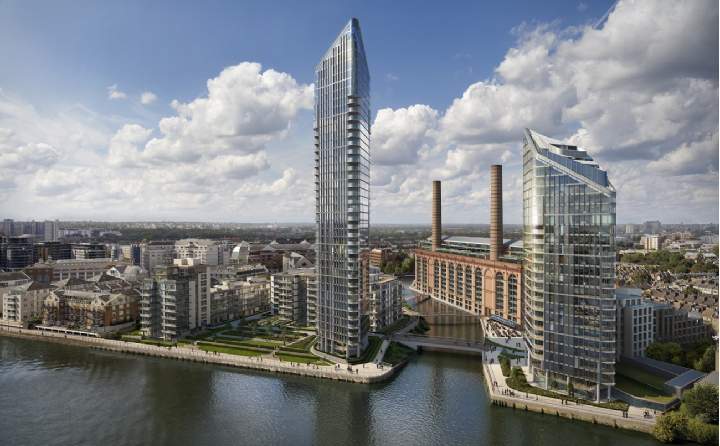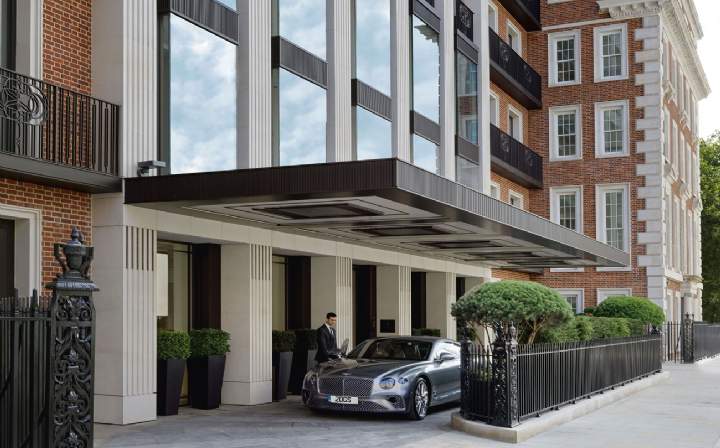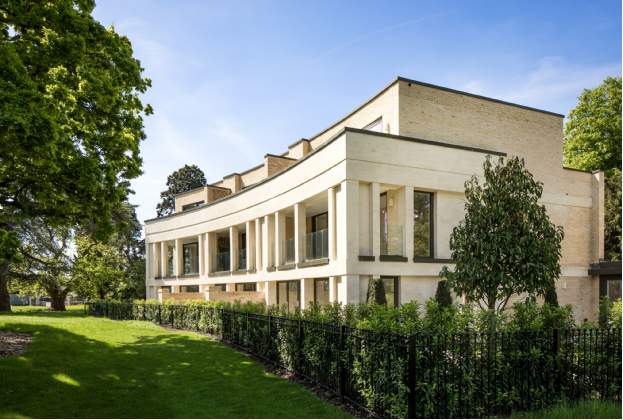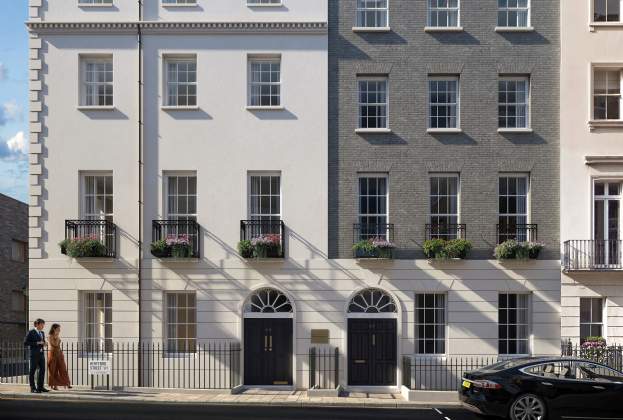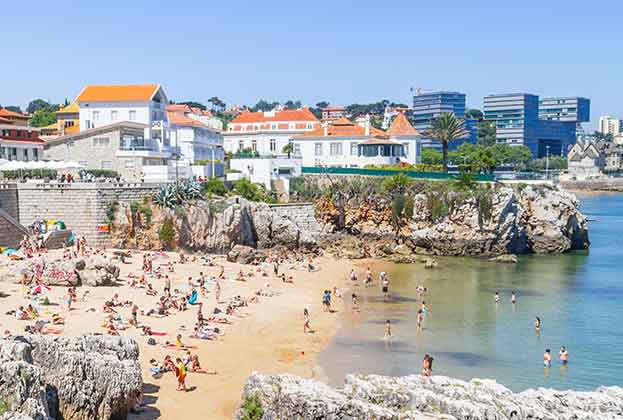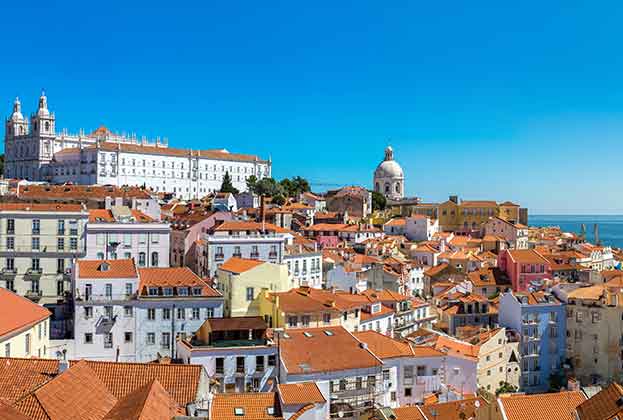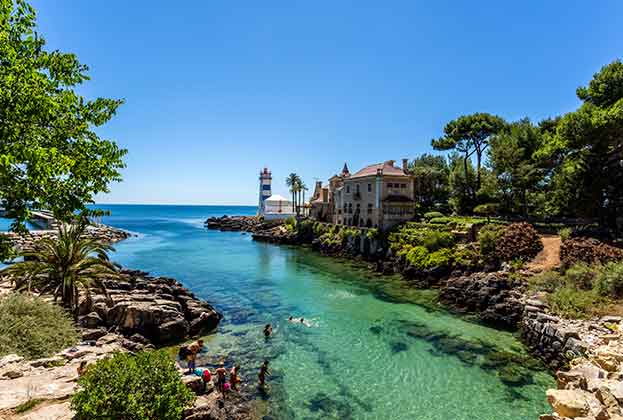For many, one of the results of Covid-19 has been to think more carefully about where to live. London and New York are cities famed for their global appeal, but which real estate market has fared better during lockdown?
Both cities have inevitably been impacted with many seeking refuge in the Home Counties or the Hamptons. But as vaccines roll out across the UK and US and lockdowns ease, demand has started to return.
Over the last five years both London and New York have had their fair share of challenges. One has been tax changes, with various stamp duty iterations in London (the latest the 2 per cent surcharge for non-domiciled buyers) and New York introducing a mansion tax in 2019. These measures, as well as respective political uncertainty in both markets, have served to subdue transactions and prices.
Transactions over $5 million in New York have been on a downward trend since 2016 with prime values falling -7.0 per cent over the last four years, according to our Savills Prime World Cities index. This compares to a similar decline in super prime transactions in London and a price fall of -9.9 per cent since its peak in 2014.
But despite the challenges of the last year, London’s transactions have remained remarkably resilient – sales over £5 million in 2020 were 12 per cent higher than in 2019. And for the new build market the sales in 2020 were 26 per cent higher. The super prime new build market has continued to increase its share of the market. Above £20 million, 40 per cent of sales are new build. This has been driven by landmark schemes across Mayfair and Chelsea which can offer buyers the highest specification and amenities.
The New York prime market suffered more over 2020 with prices continuing to fall by -0.4 per cent, while London saw growth. Likewise, sales above $5 million saw a 37 per cent fall on the year before, reflecting a lack of international demand and high supply.
Interestingly, London has increased its attractiveness to US buyers, particularly alongside the currency advantage US dollar buyers have had since the EU referendum. North American buyers in London almost doubled between 2016 and 2019, with particular hotspots surrounding schools in the likes of St John’s Wood, Holland Park and Knightsbridge.
But with the return of some semblance of normality how will these two global cities fare?
Both markets are likely to see a boost as pent-up demand from international buyers is released with the relaxation of travel. This is already being seen in the strength of activity in the first four months of 2021. Super prime new build reservations in London are up 6 per cent on the same period in 2020, with the average price up 13 per cent. Similar activity is building in New York.
London is expected to continue the resurgence that was on the cards at the beginning of 2020, with forecast growth of 3 per cent this year before greater growth in 2022. But New York is expected to take longer to see recovery, with the amount of supply at the top end suppressing growth and price falls forecast to continue over the next year.
Despite this, with interest rates remaining low, both cities will continue to be attractive – particularly for cosmopolitans ready get back to city living.
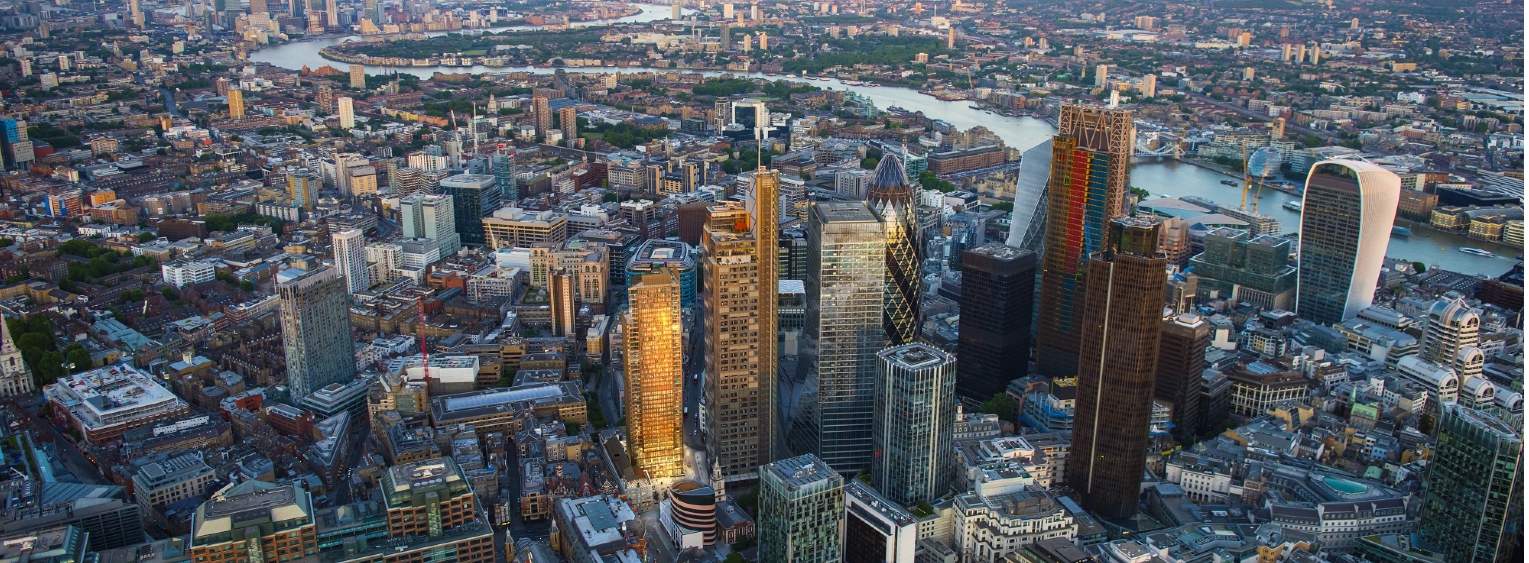
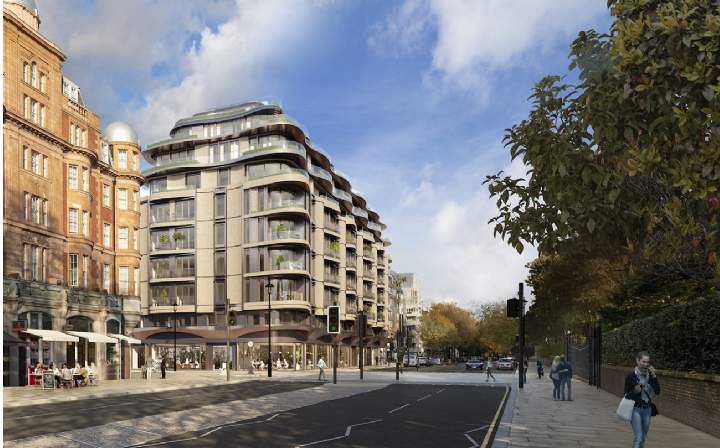
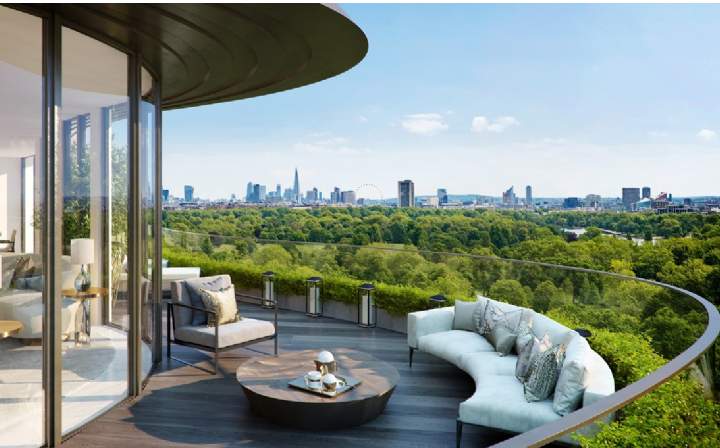
.jpg)

